There’s been a lot of talk over the past 20 years about evidence-based design. EBD is the idea that improvements to the design of buildings, particularly to their interior spaces—more daylight, improved air quality, better lighting—can have a positive effect on human health and performance.
The problem with EBD is that it’s very hard to conduct truly rigorous scientific studies on humans. Was it the improved lighting that enabled students to boost their test scores, or was it better airflow in the classroom? Did that hospital patient heal more quickly because she had a window with a view to the outside, or was she just a fast healer? Too many variables, not enough controls, so it’s anybody’s guess how much, if anything, the design contributed to the outcome.
The Mayo Clinic and Delos, the developer of the Well Building Standard, have teamed up to bridge this information gap. They have built a 7,500-sf laboratory at Mayo’s Rochester, Minn., campus, where researchers will perform sophisticated, reproducible (that’s important) scientific studies on design’s impact on human health and performance. The goal, according to Delos COO Peter Scialla, is to expand the concept of environmental sustainability to embrace what he calls “biological sustainability.”
The Well Living Lab, designed by Centerbrook Architects & Planners (with Knutson Construction as CM), has six experimental modules that can be formed into a variety of indoor spaces: an open-plan or closed office floor, a kitchen, a hotel or hospital room, a classroom, etc. The walls, floors, ceilings, fixtures, and plumbing—yes, even the plumbing—can be completely reconfigured.

 The Well Living Lab has six experimental modules that can be formed into a variety of indoor spaces, including an office, kitchen, and hotel room.
The Well Living Lab has six experimental modules that can be formed into a variety of indoor spaces, including an office, kitchen, and hotel room.
The modules, as well as the furniture, casework, and finishings, are loaded with sensors so that test subjects’ responses can be captured without having to attach wire leads to them. For example, bed sensors will determine a person’s lying-down position and how much pressure is being exerted on specific body parts—information that one day could lead to ways to relieve bed sores in long-term hospital patients, or just give weary hotel guests a better night’s sleep.
In certain studies participants will wear sensor-enabled wristbands or clothing to gauge heart rate, galvanic skin response, motion, skin and near-body temperature, respiration, and physical posture.
Sensors embedded in walls, ceilings, appliances, and fabrics will measure factors like sound, street noise, room temperature, humidity, air particulates, and light (including spectral power density). High-definition cameras will zoom in on test subjects to record facial expressions and gestures.
Research experiments will test the effect of single or multiple variables, such as air quality, supplied lighting, and daylighting, on subjects’ stress, fitness, nutrition, eating habits, performance in cognitive and physical skills, and sleep. Further down the line, building product manufacturers may be able to use the lab to test the efficacy of their products on human health. All this activity will be managed and documented from a high-tech control room.
The Well Living Lab is an important breakthrough in environmental design. If it lives up to even a fraction of its promise, it could provide designers of hospitals, outpatient medical facilities, schools, university classrooms, hotels, and office spaces with scientifically valid data to produce designs that really do contribute to human health and performance. Real science, not wishful thinking.
Experiments are scheduled to begin in the next couple of months, once the Well Living Lab has completed its break-in period.
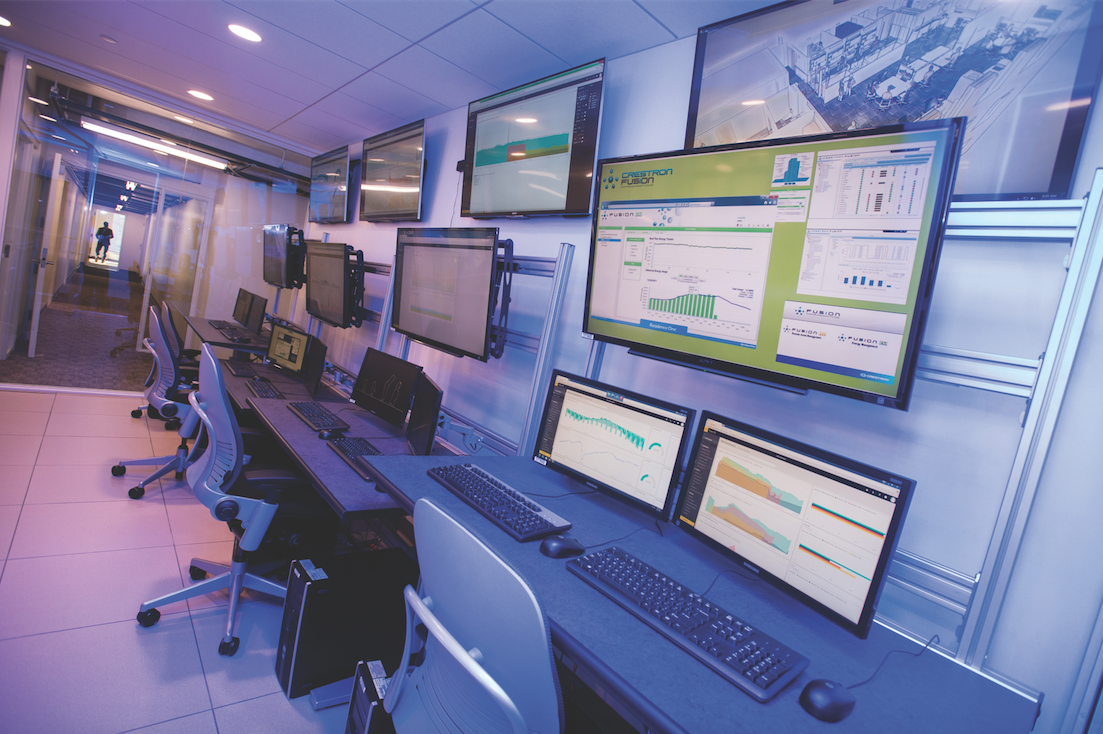 Central control room
Central control room
 Sensors embedded in walls, ceilings, appliances, and fabrics measure factors like sound, street noise, room temperature, humidity, air particulates, and light.
Sensors embedded in walls, ceilings, appliances, and fabrics measure factors like sound, street noise, room temperature, humidity, air particulates, and light.
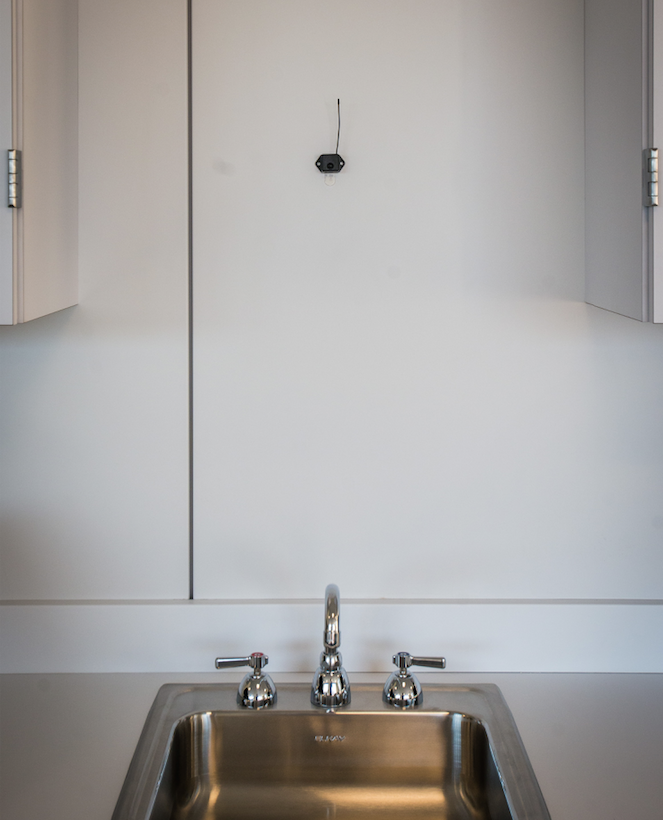
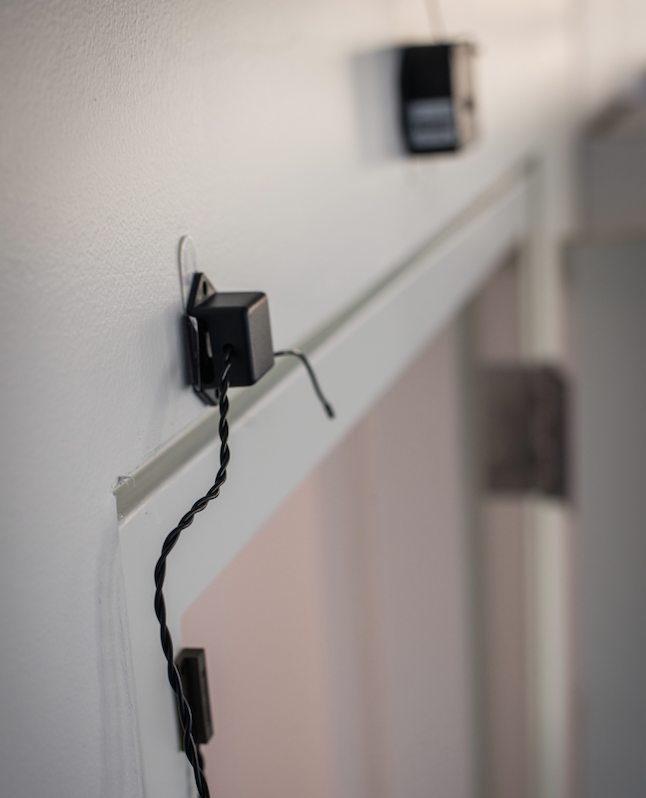
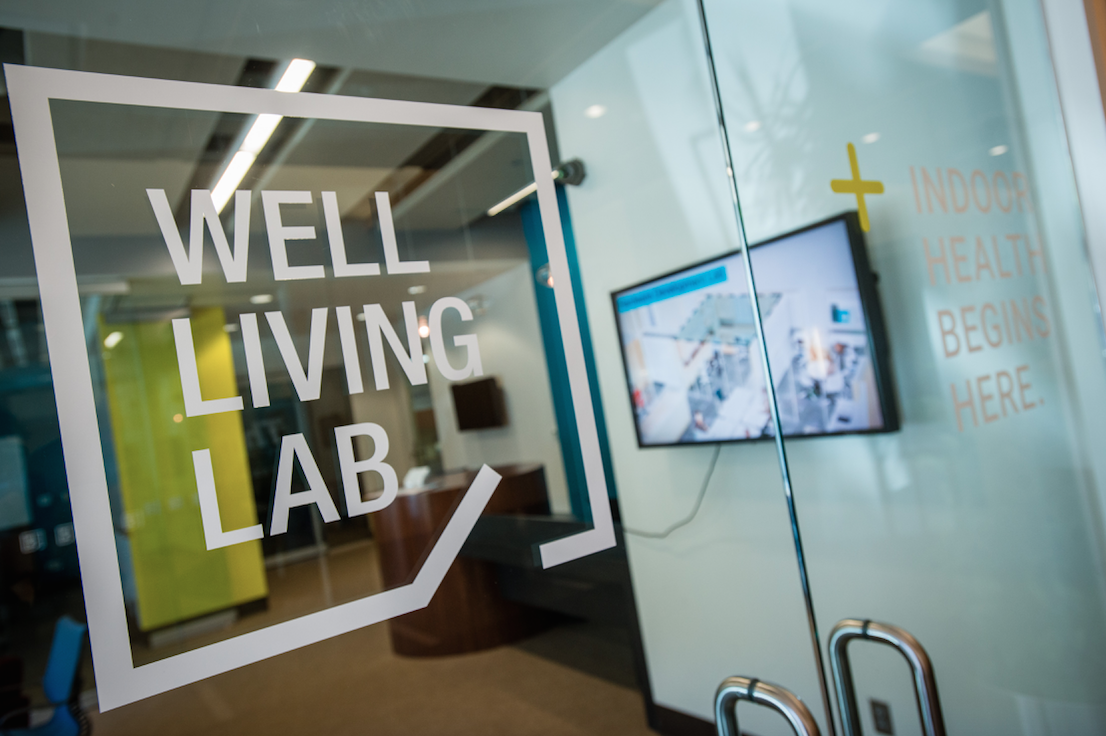
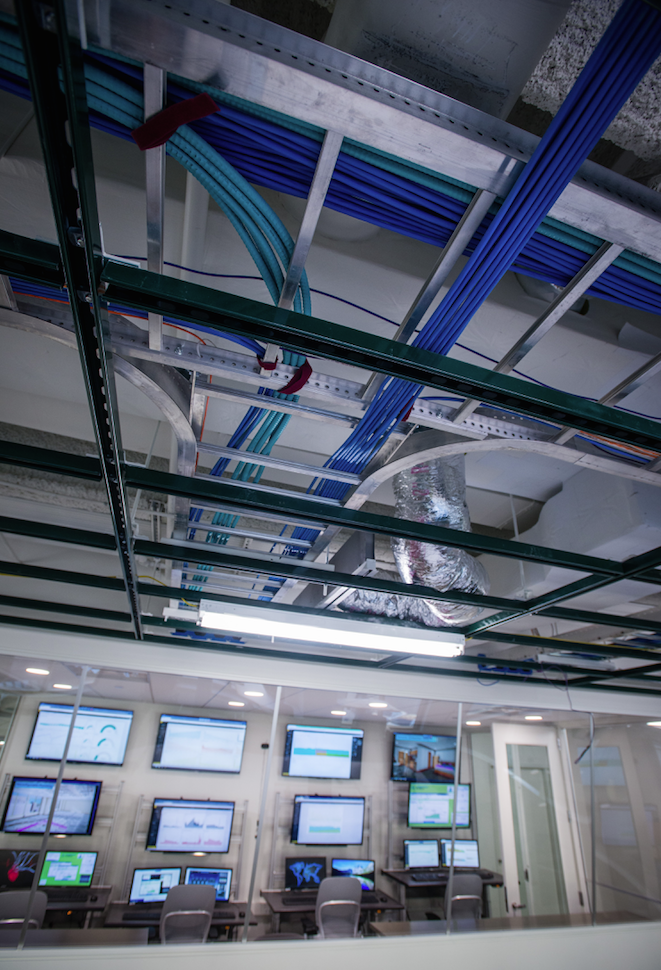
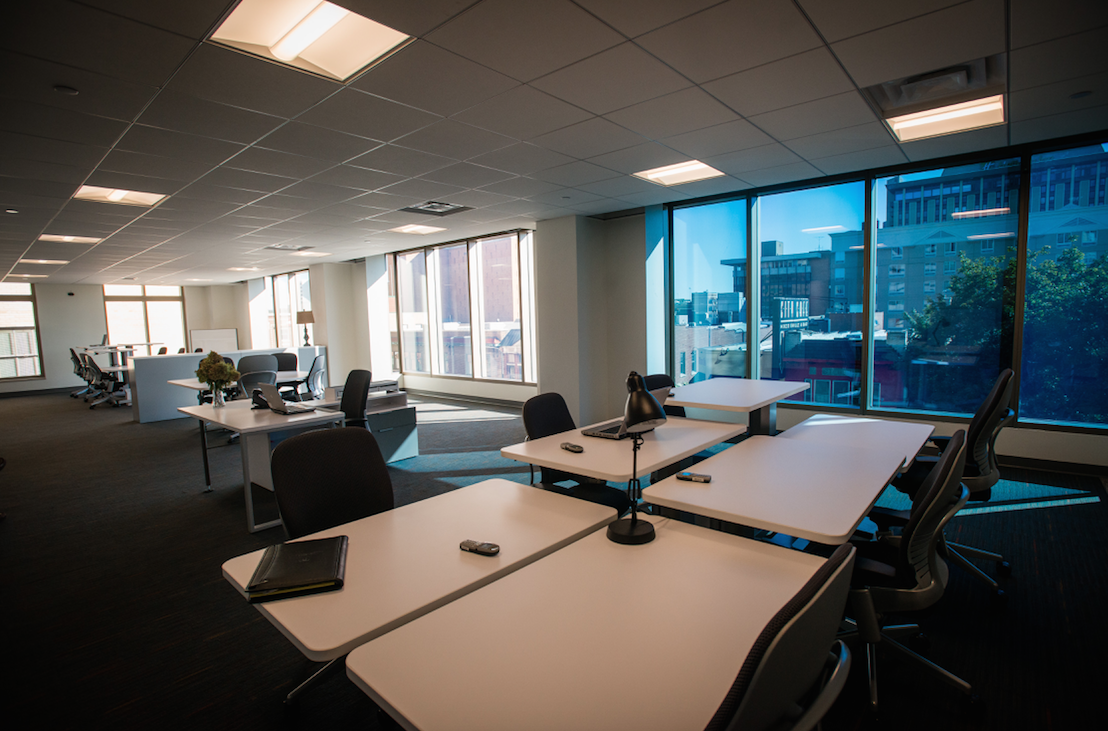

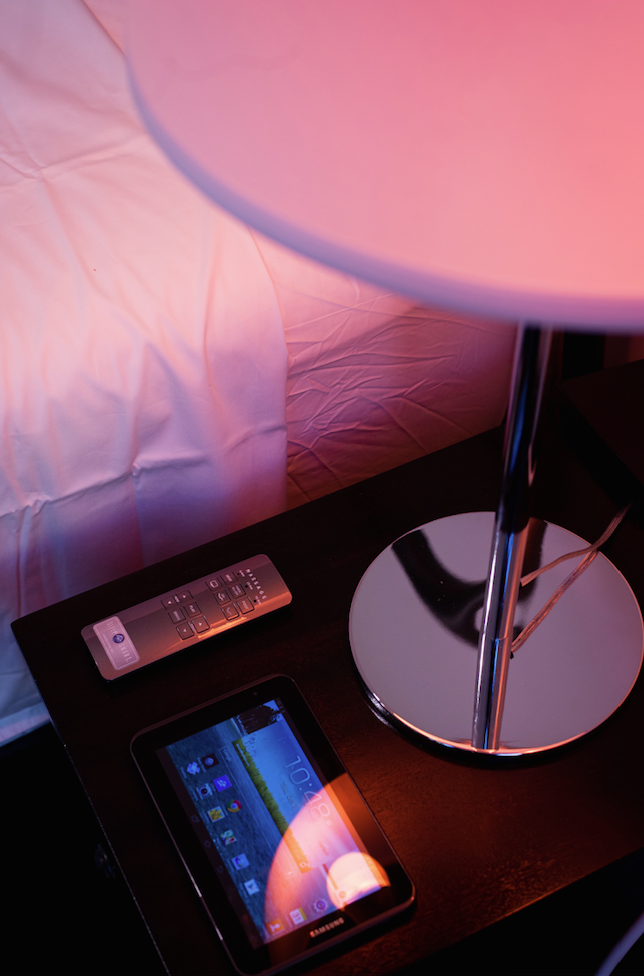
Related Stories
| Oct 13, 2010
New health center to focus on education and awareness
Construction is getting pumped up at the new Anschutz Health and Wellness Center at the University of Colorado, Denver. The four-story, 94,000-sf building will focus on healthy lifestyles and disease prevention.
| Oct 13, 2010
Community center under way in NYC seeks LEED Platinum
A curving, 550-foot-long glass arcade dubbed the “Wall of Light” is the standout architectural and sustainable feature of the Battery Park City Community Center, a 60,000-sf complex located in a two-tower residential Lower Manhattan complex. Hanrahan Meyers Architects designed the glass arcade to act as a passive energy system, bringing natural light into all interior spaces.
| Oct 12, 2010
Holton Career and Resource Center, Durham, N.C.
27th Annual Reconstruction Awards—Special Recognition. Early in the current decade, violence within the community of Northeast Central Durham, N.C., escalated to the point where school safety officers at Holton Junior High School feared for their own safety. The school eventually closed and the property sat vacant for five years.
| Sep 13, 2010
Palos Community Hospital plans upgrades, expansion
A laboratory, pharmacy, critical care unit, perioperative services, and 192 new patient beds are part of Palos (Ill.) Community Hospital's 617,500-sf expansion and renovation.
| Sep 13, 2010
China's largest single-phase hospital planned for Shanghai
RTKL's Los Angles office is designing the Shanghai Changzheng New Pudong Hospital, which will be the largest new hospital built in China in a single phase.
| Sep 13, 2010
'A Model for the Entire Industry'
How a university and its Building Team forged a relationship with 'the toughest building authority in the country' to bring a replacement hospital in early and under budget.
| Sep 13, 2010
Data Centers Keeping Energy, Security in Check
Power consumption for data centers doubled from 2000 and 2006, and it is anticipated to double again by 2011, making these mission-critical facilities the nation's largest commercial user of electric power. With major technology companies investing heavily in new data centers, it's no wonder Building Teams see these mission-critical facilities as a golden opportunity, and why they are working hard to keep energy costs at data centers in check.
| Aug 11, 2010
Green Guide for Health Care launches pilot program, looks for participants
In first quarter 2010, the Green Guide for Health Care, in collaboration with Practice Greenhealth, is launching a one-year Green Guide for Health Care Operations Pilot Program for healthcare organizations engaged in any or all aspects of green operations initiatives, based on Green Guide v2.2 Operations section.
| Aug 11, 2010
JE Dunn, Balfour Beatty among country's biggest institutional building contractors, according to BD+C's Giants 300 report
A ranking of the Top 50 Institutional Contractors based on Building Design+Construction's 2009 Giants 300 survey. For more Giants 300 rankings, visit http://www.BDCnetwork.com/Giants
| Aug 11, 2010
EwingCole to merge with healthcare specialist Robert D. Lynn Associates
EwingCole, a nationally recognized architectural, engineering, interior design, and planning firm with more than 320 professionals, today announced that it will combine its practice with Robert D. Lynn Associates of Philadelphia, a 40-person firm with a robust portfolio of healthcare projects. The combination will create the Delaware Valley¹s largest and most comprehensive firm with an emphasis on healthcare architecture, and a national scope and presence.














